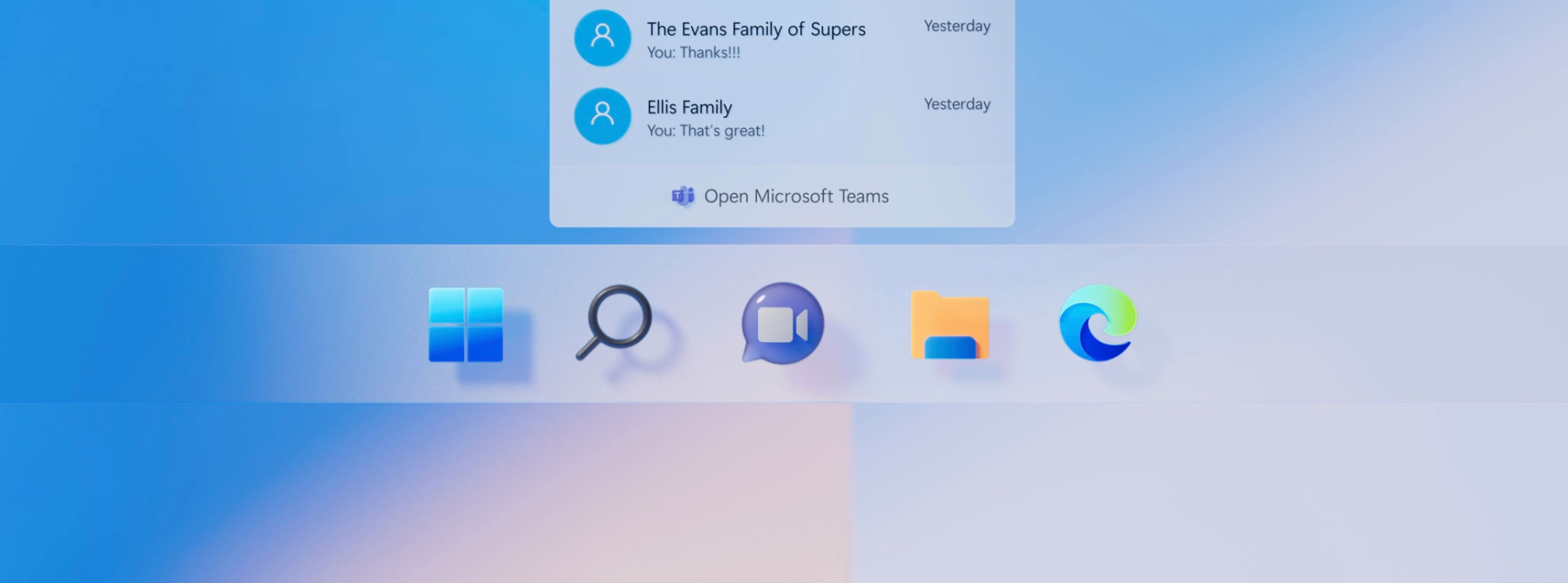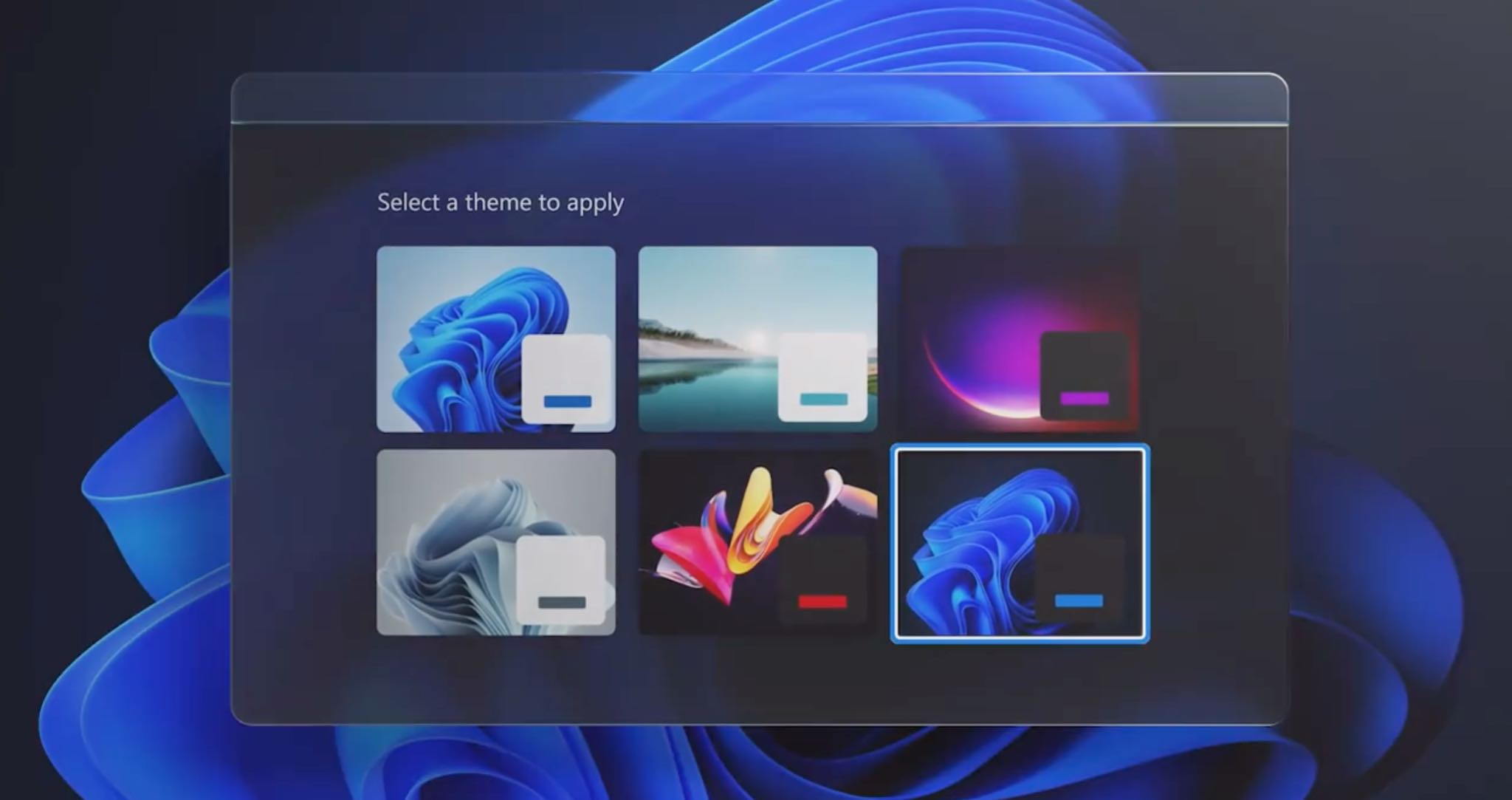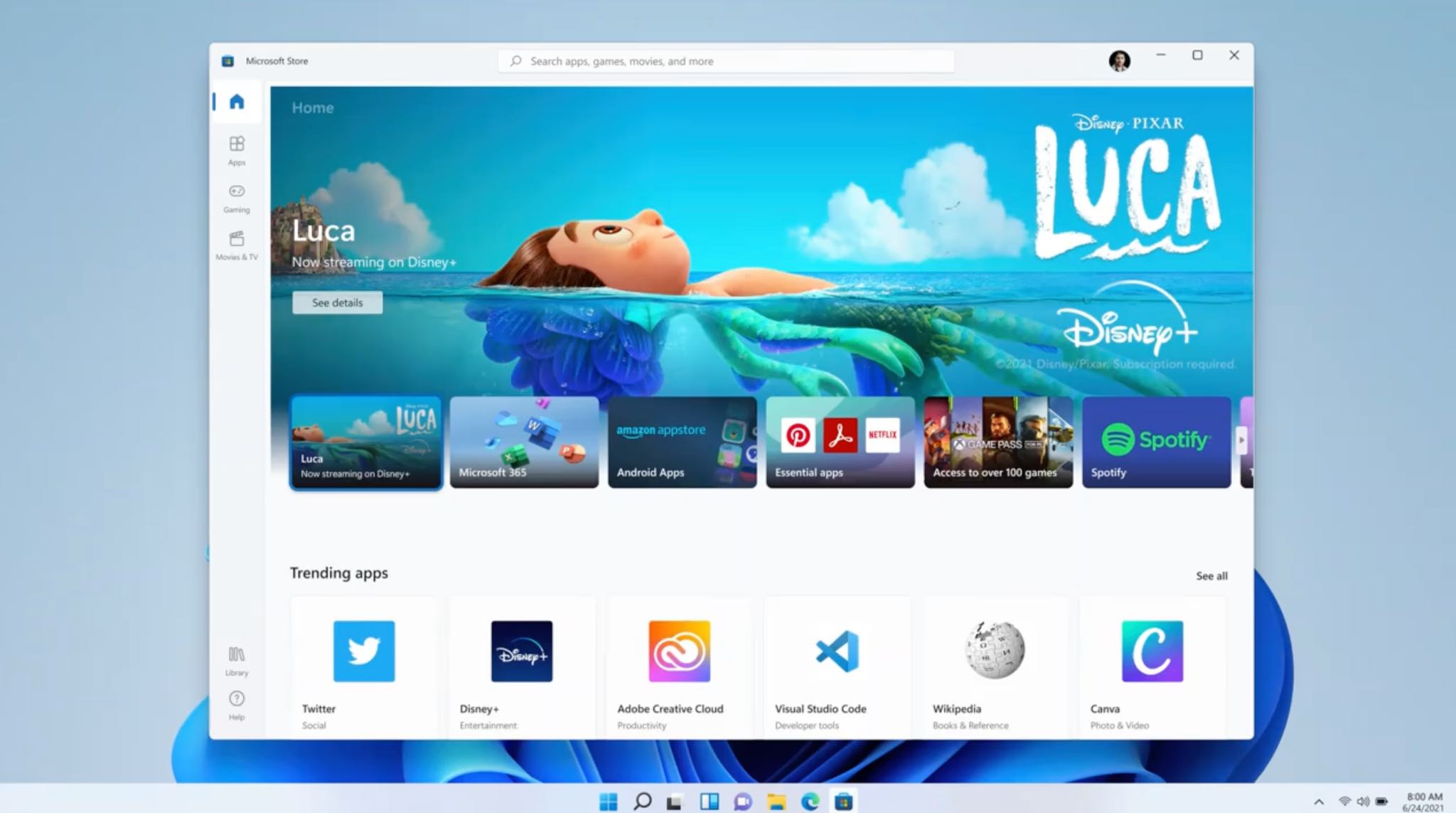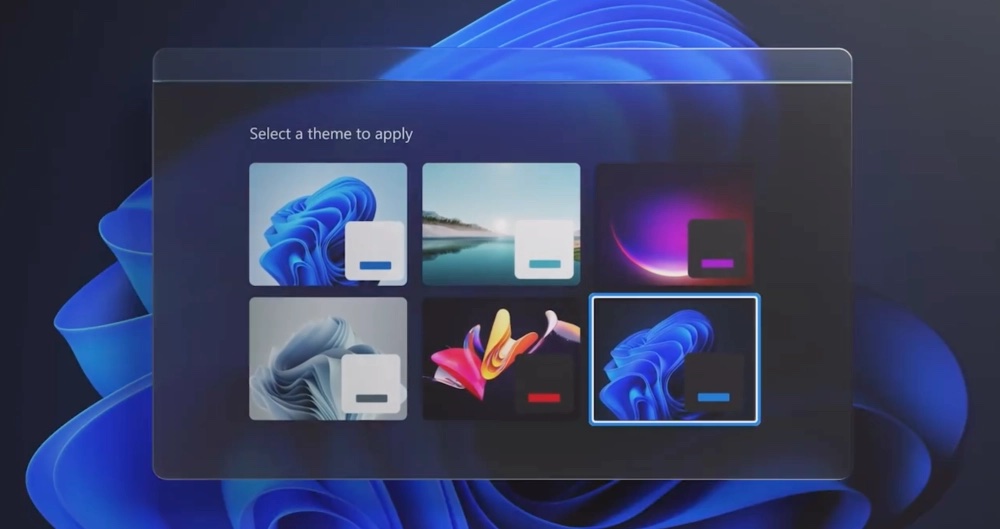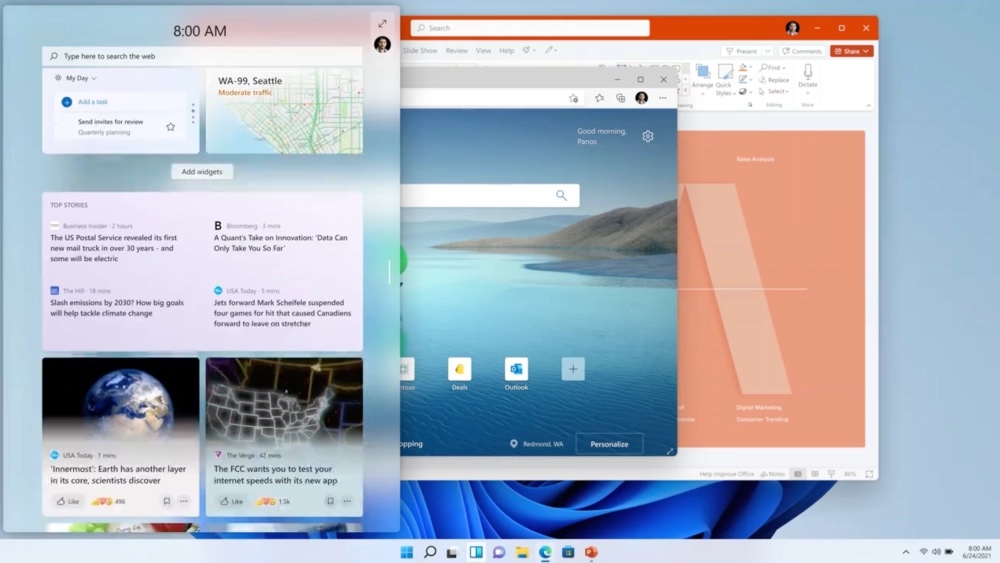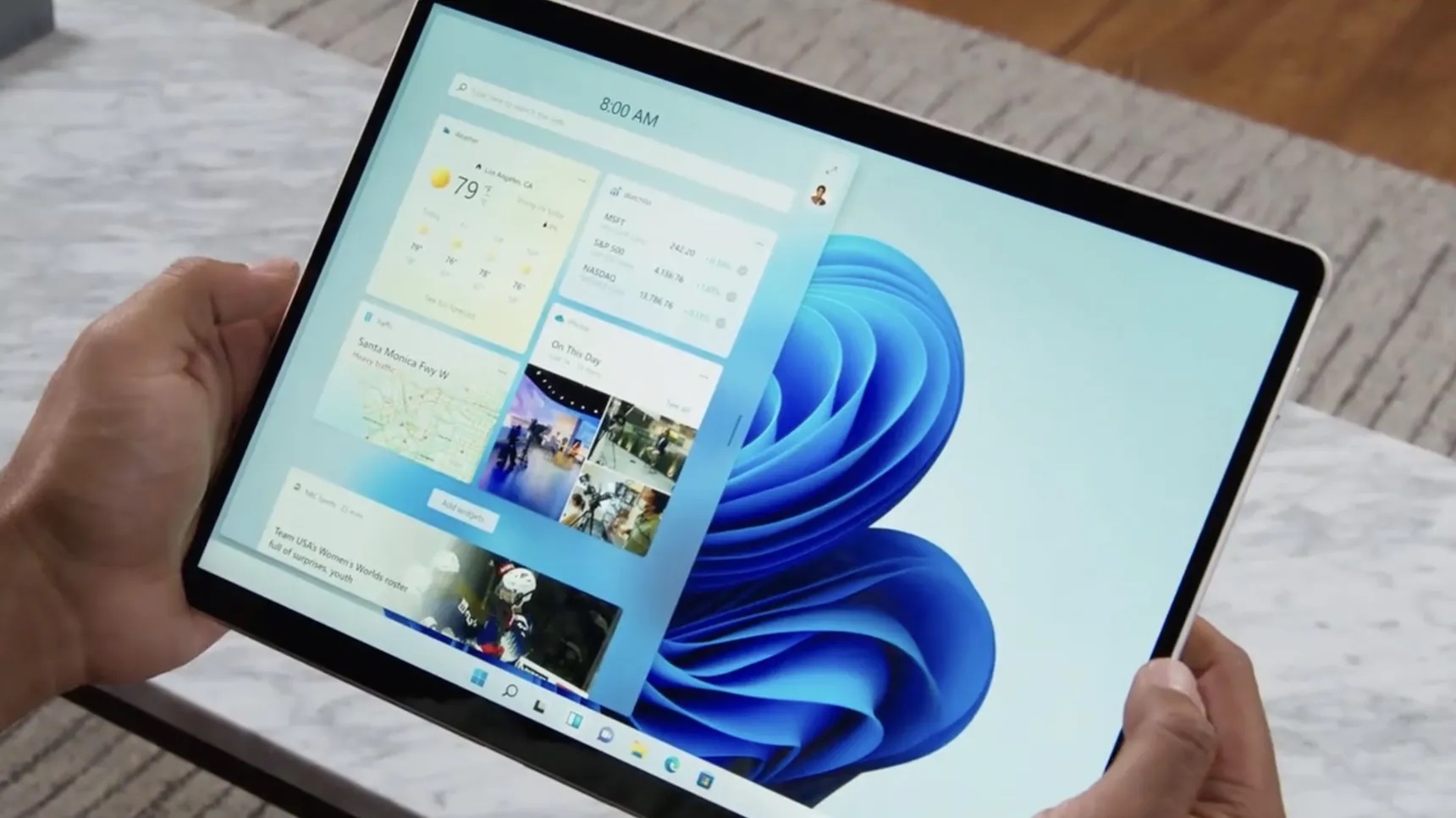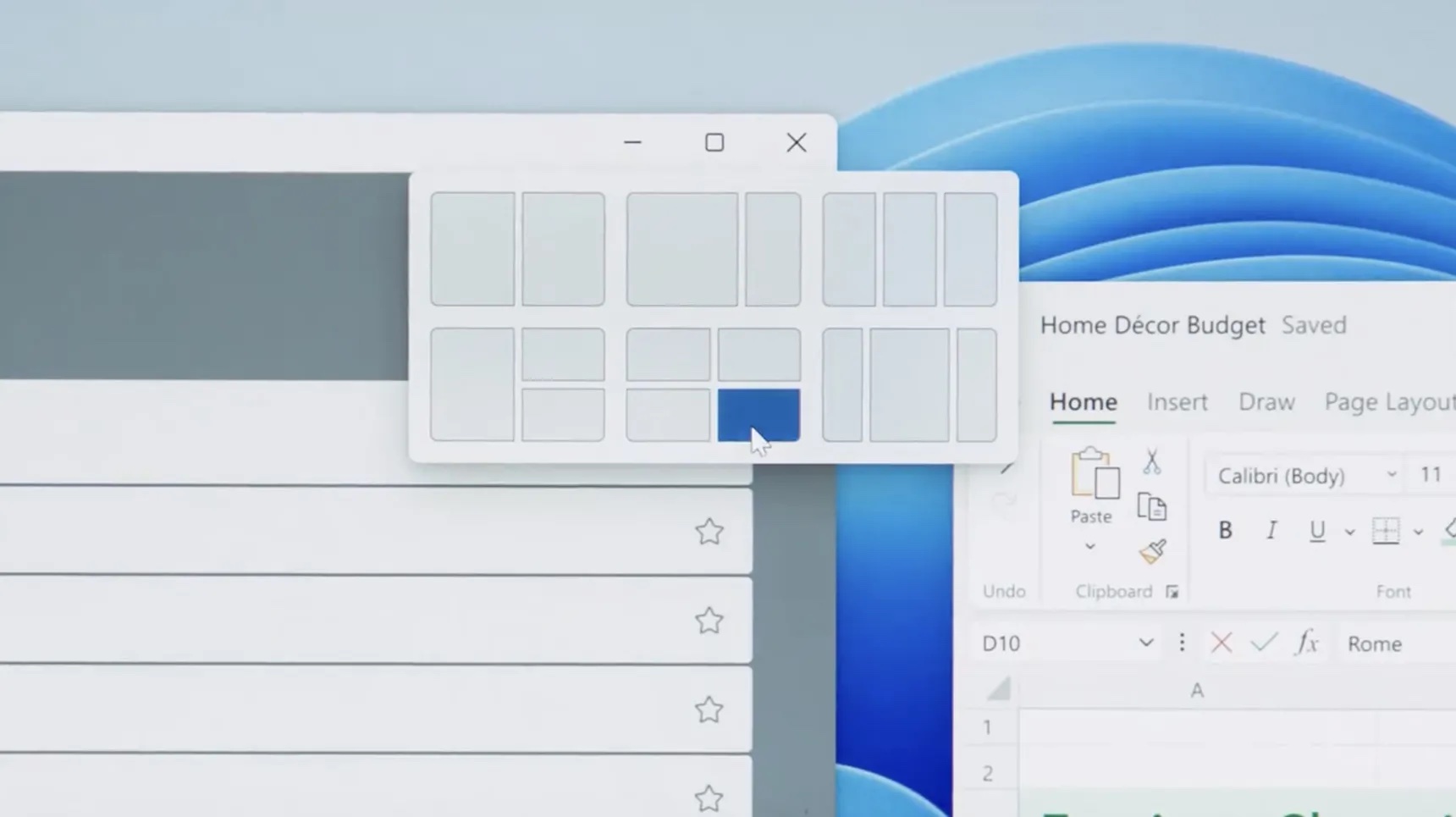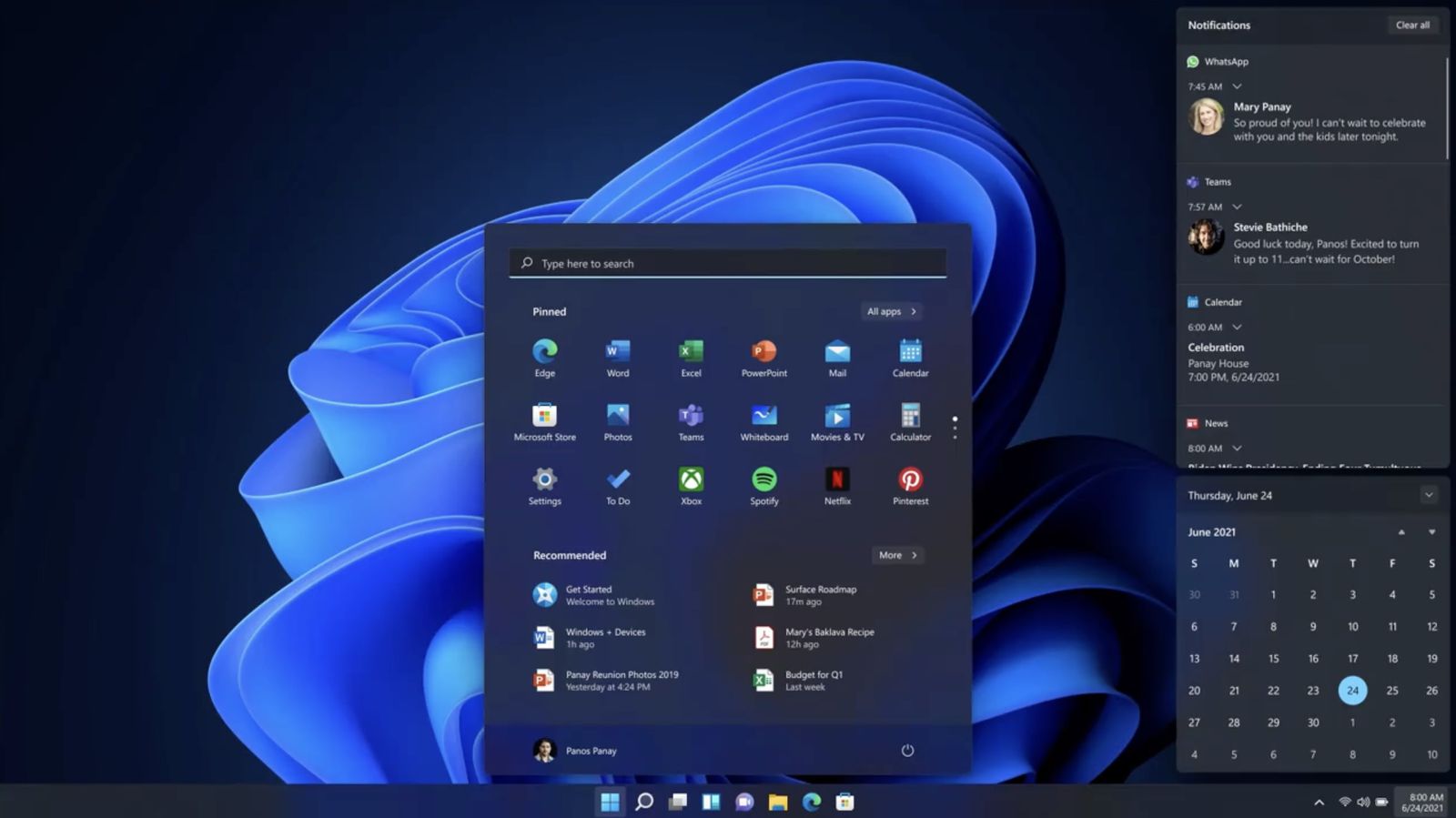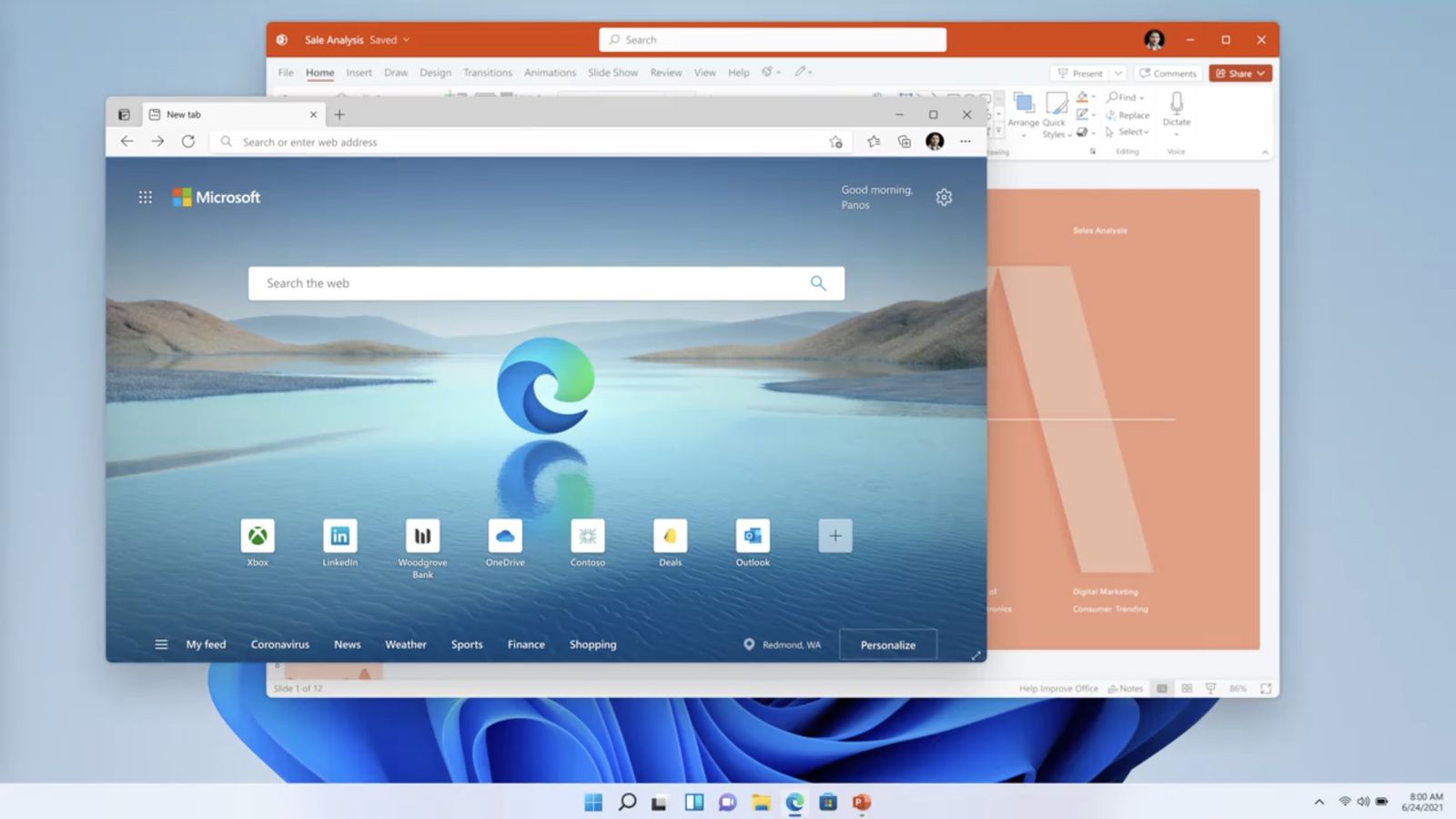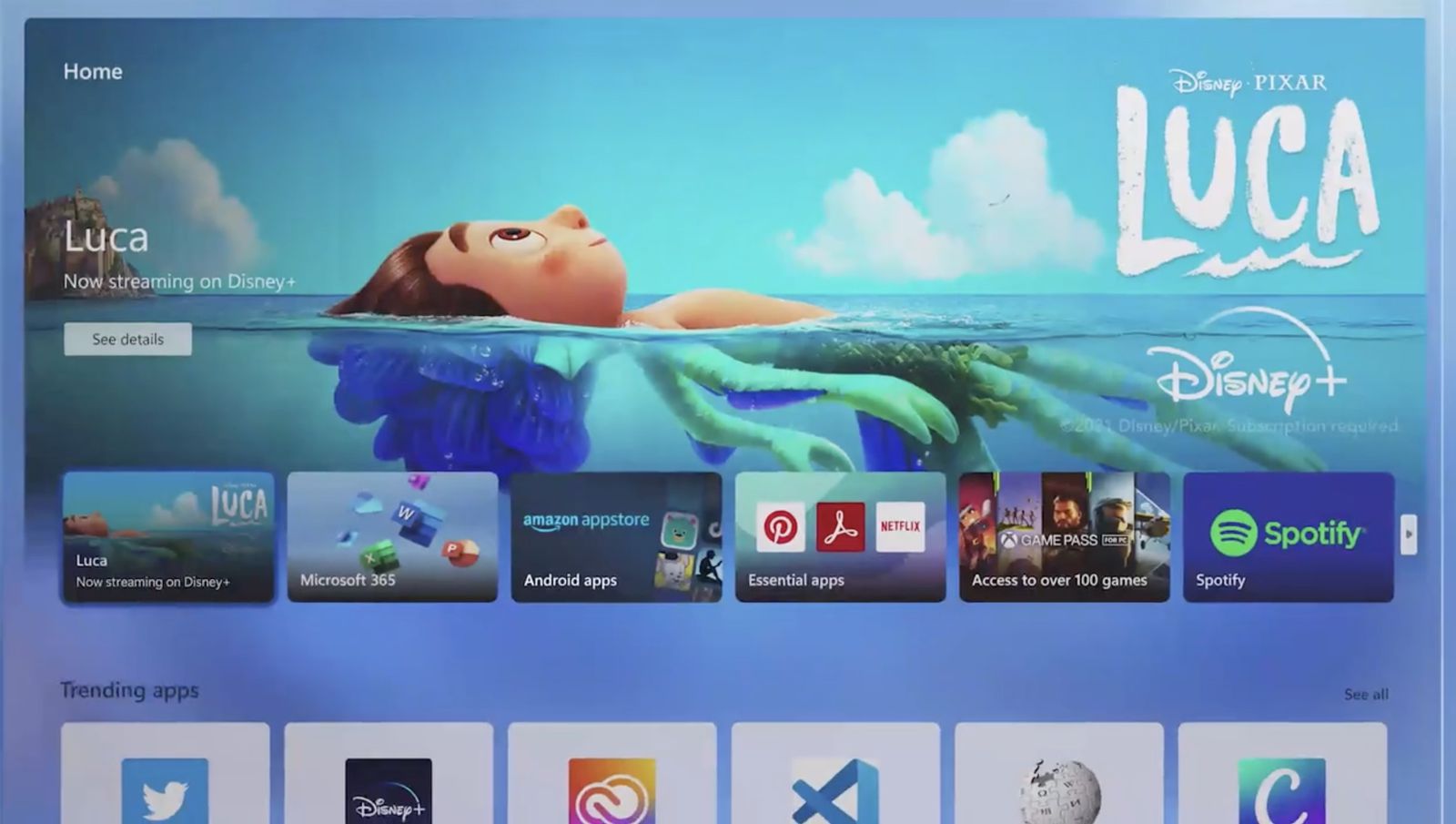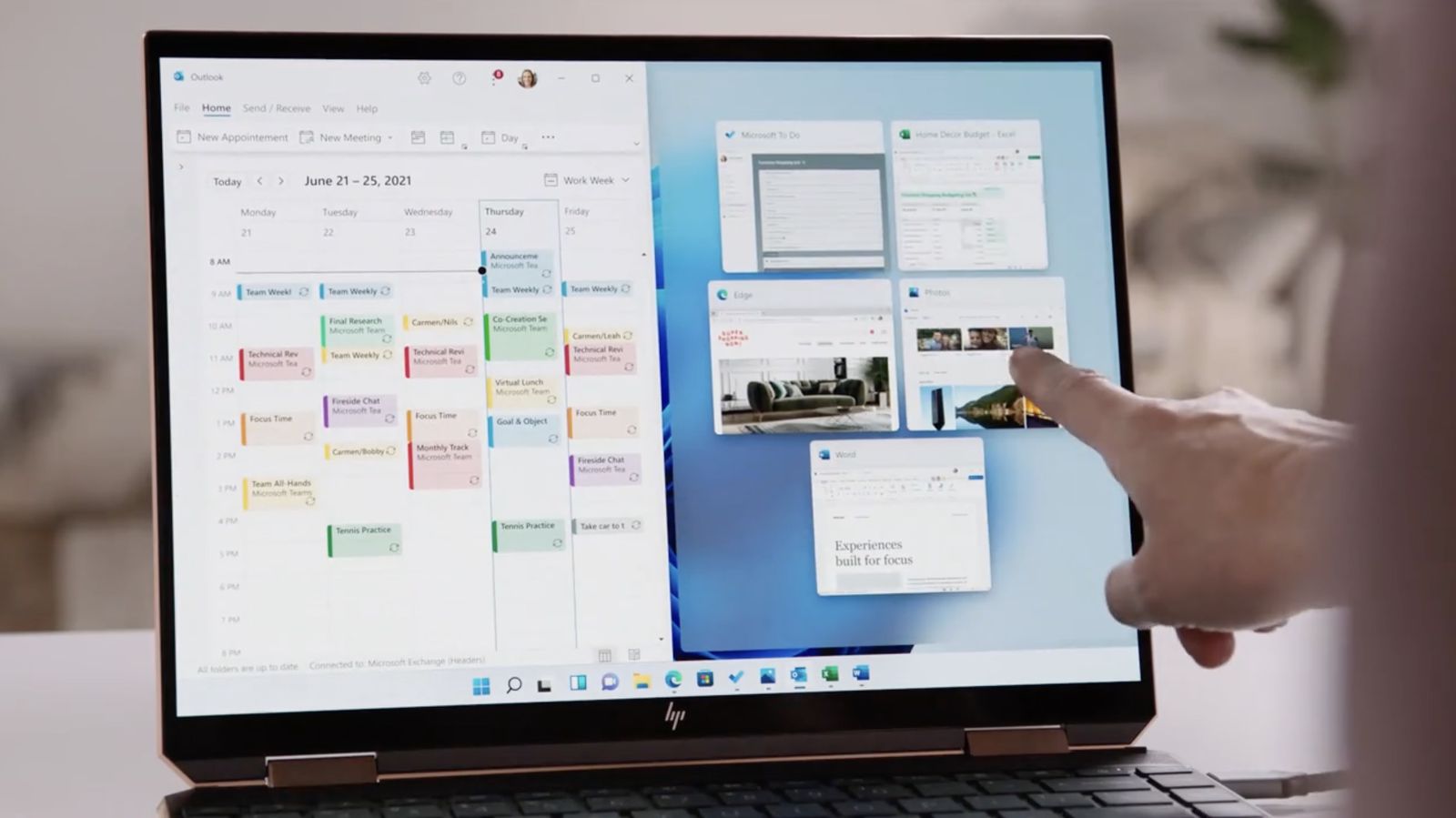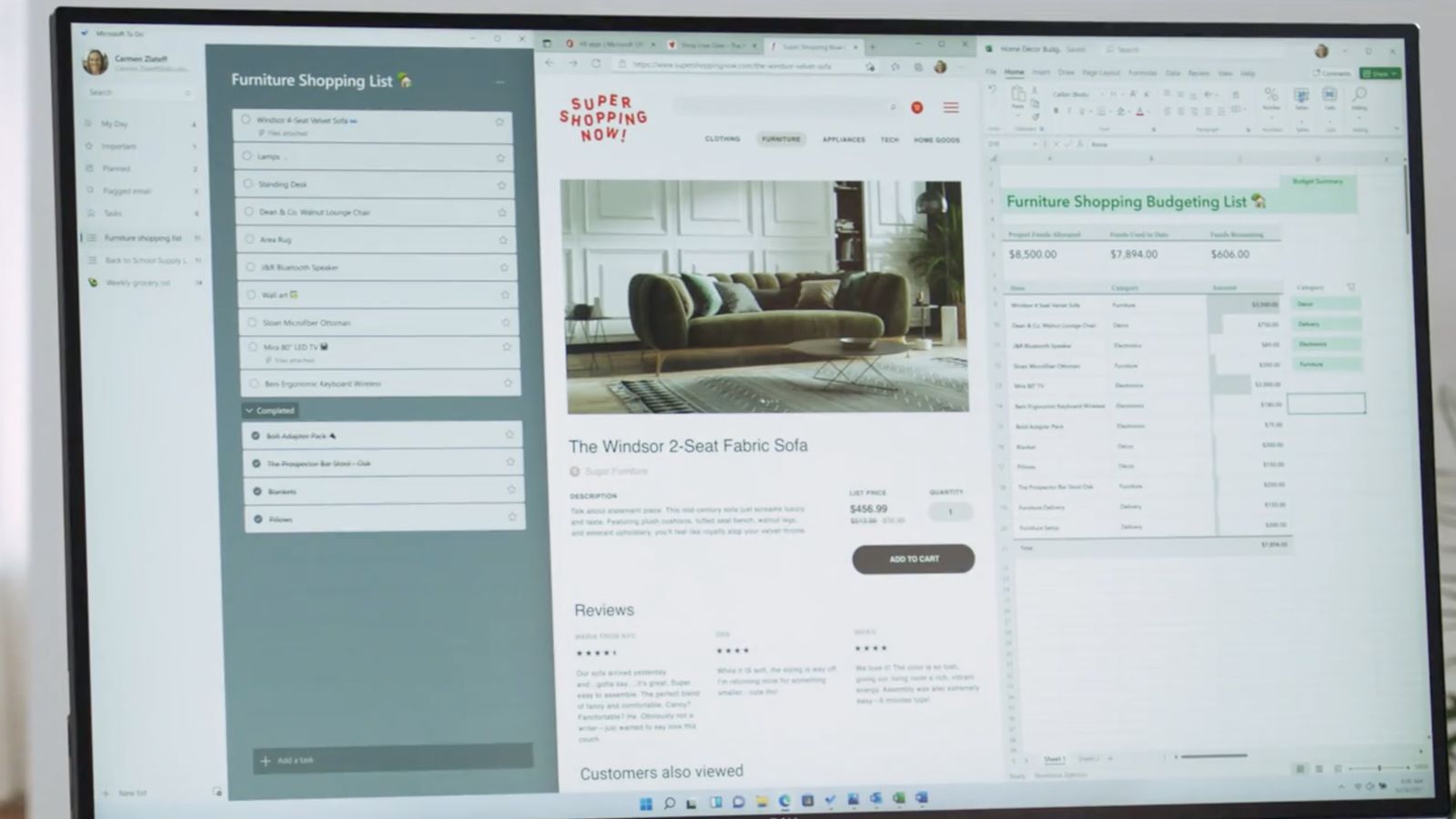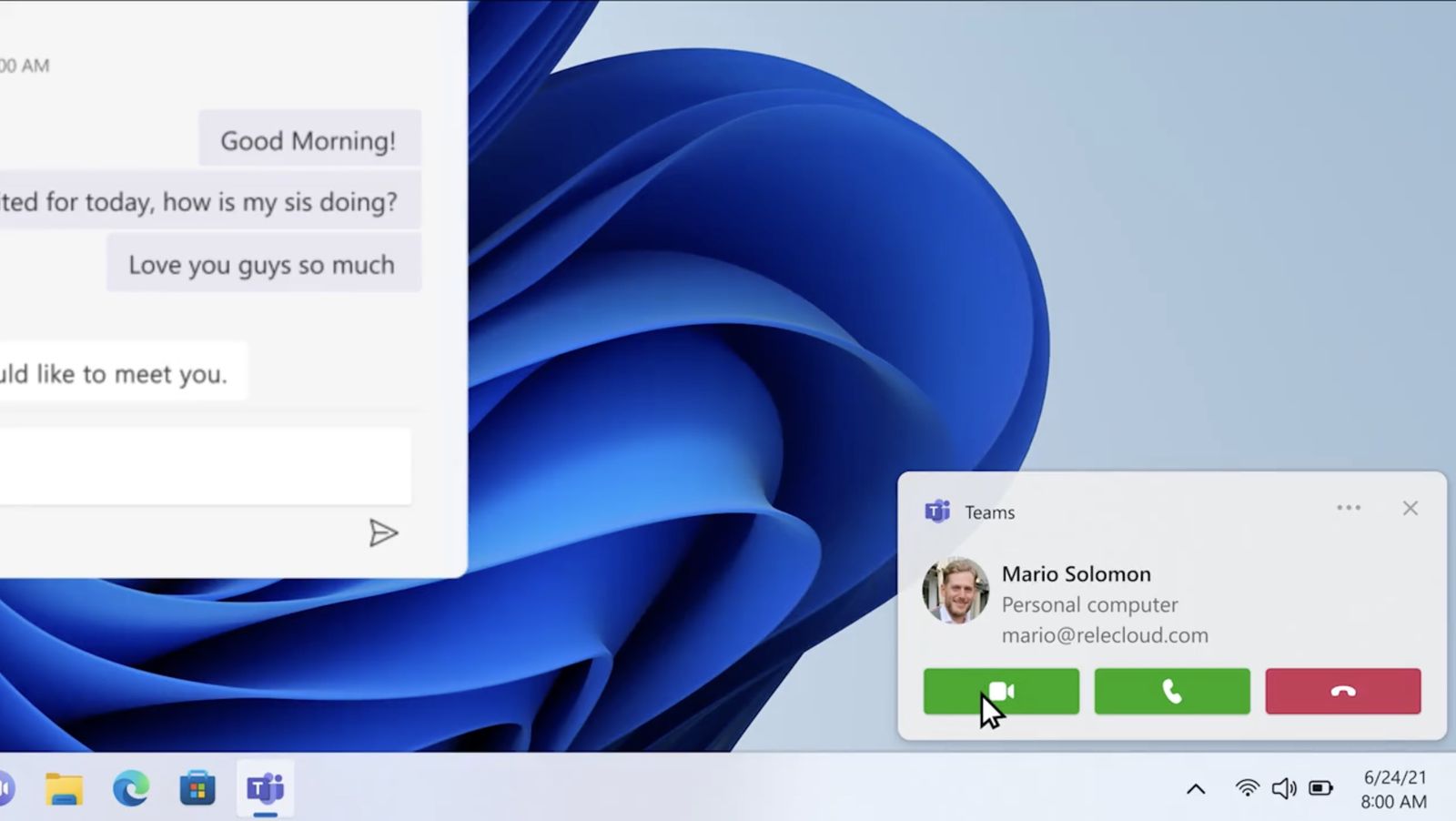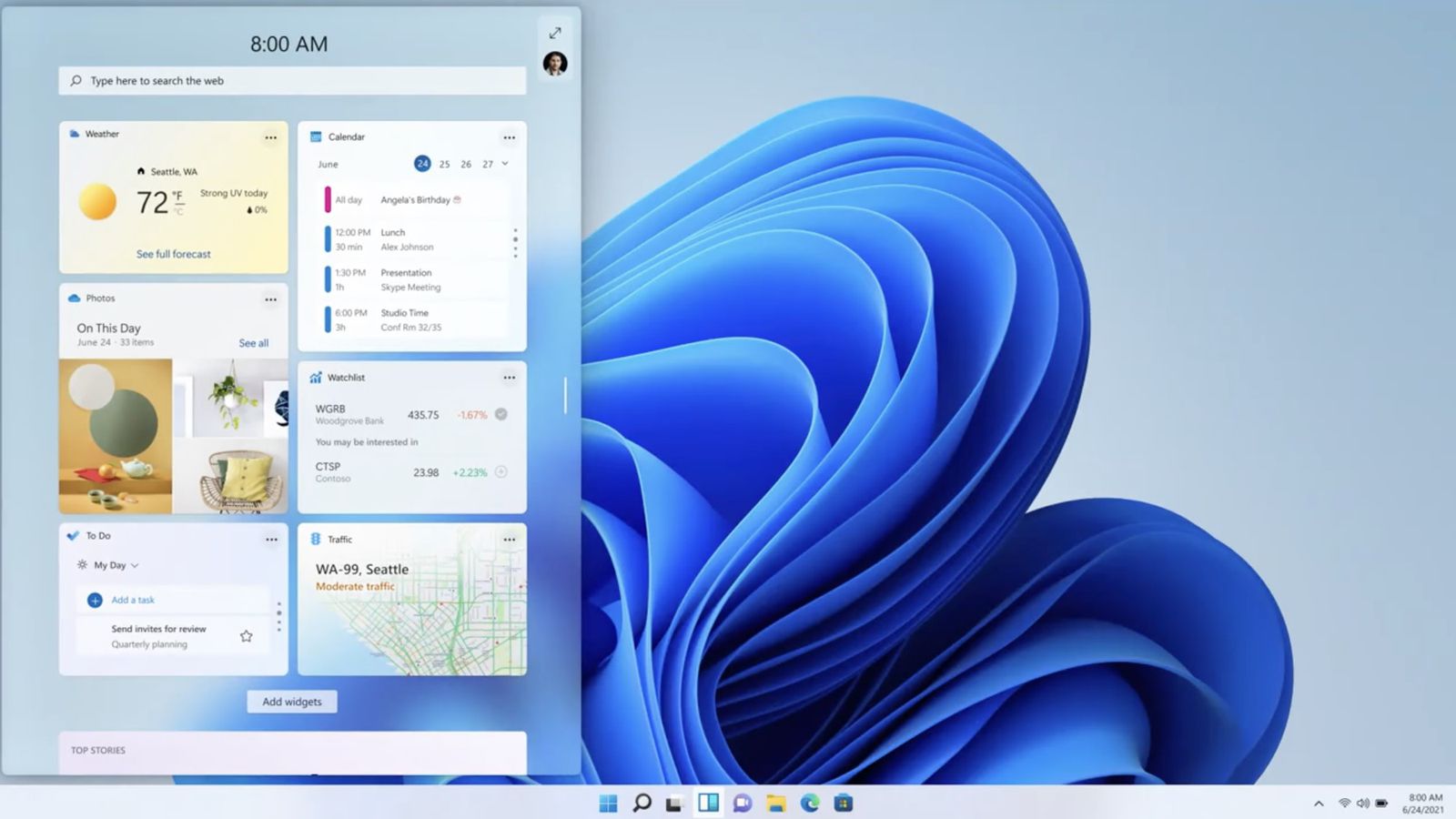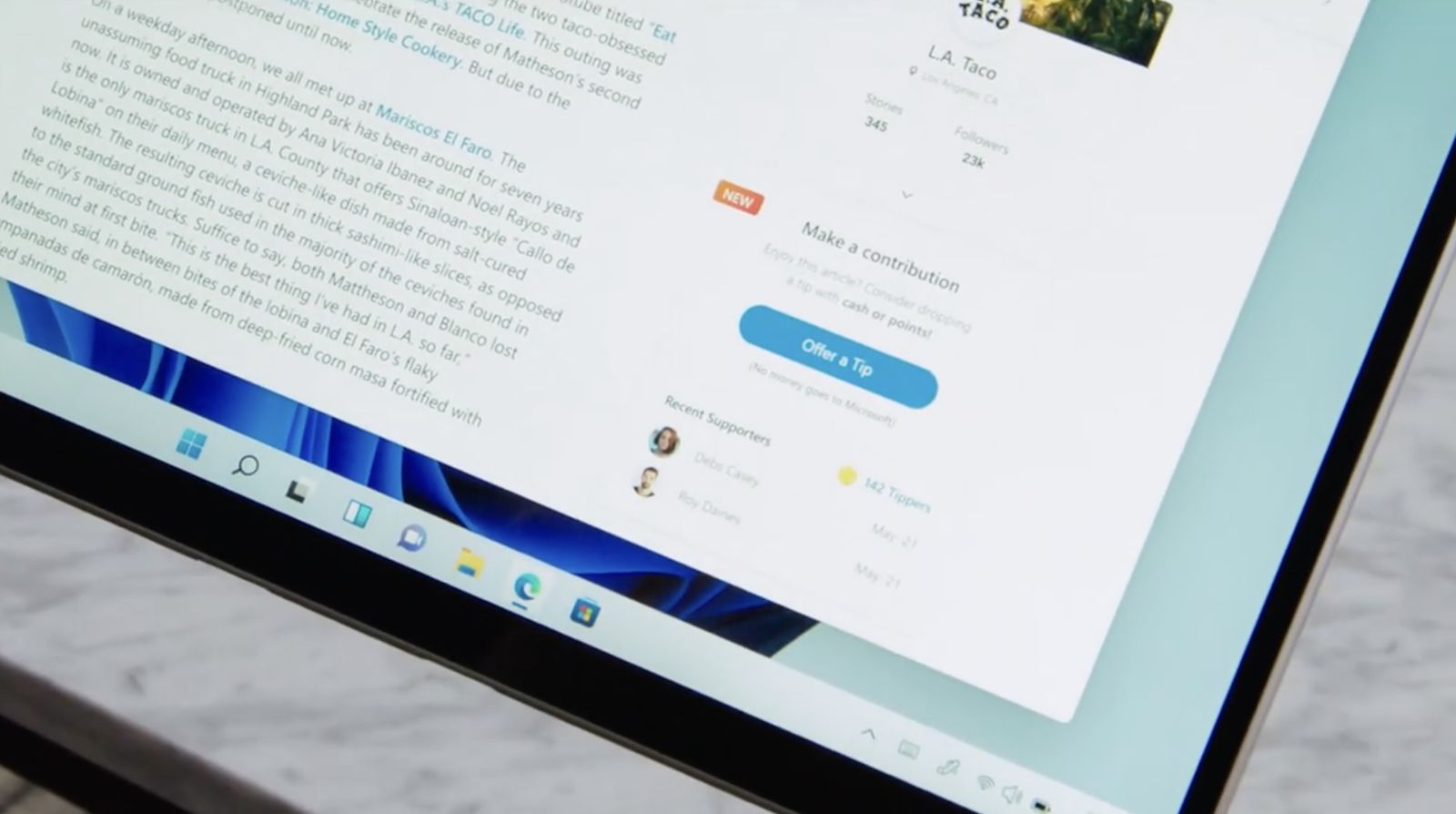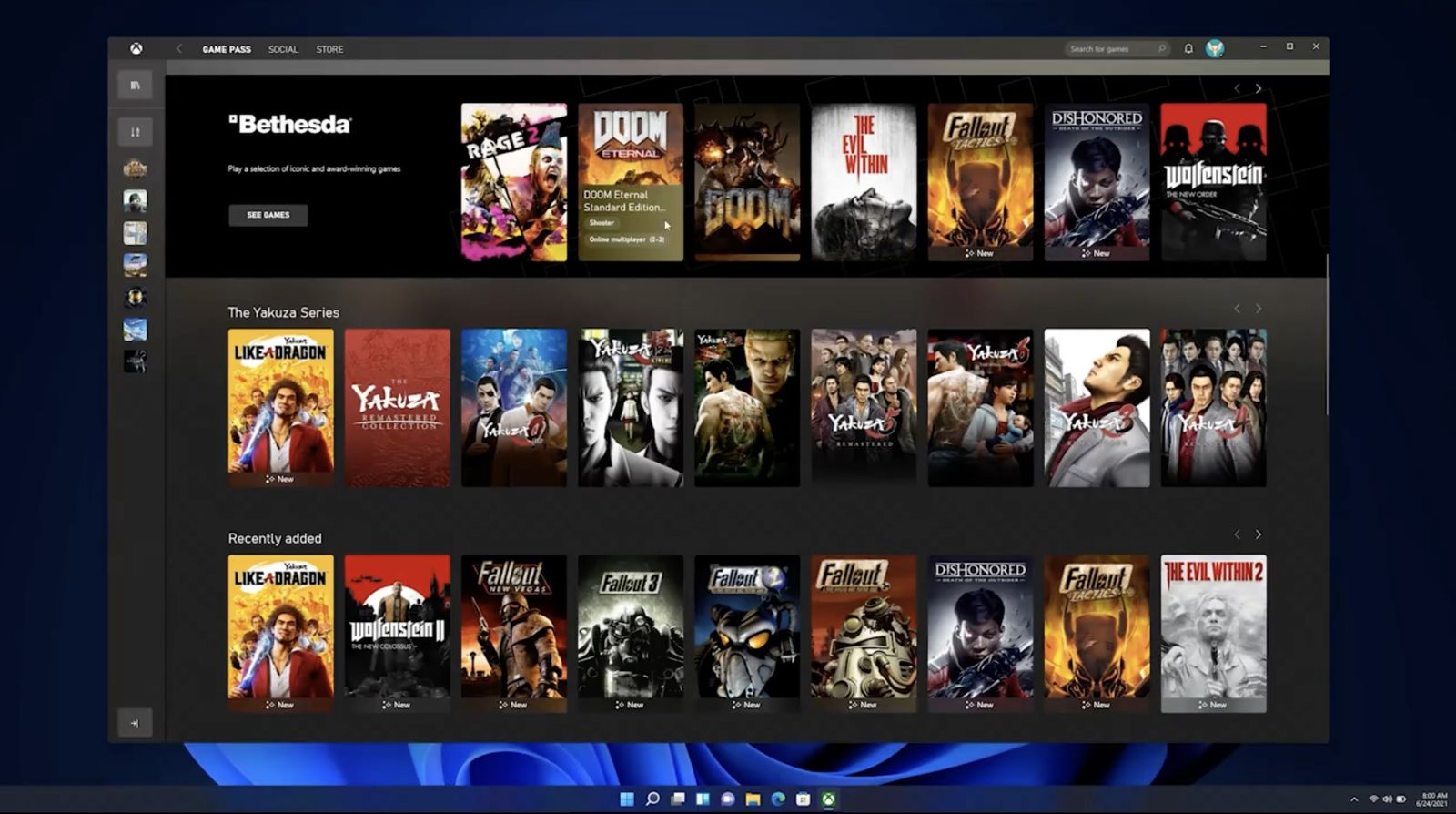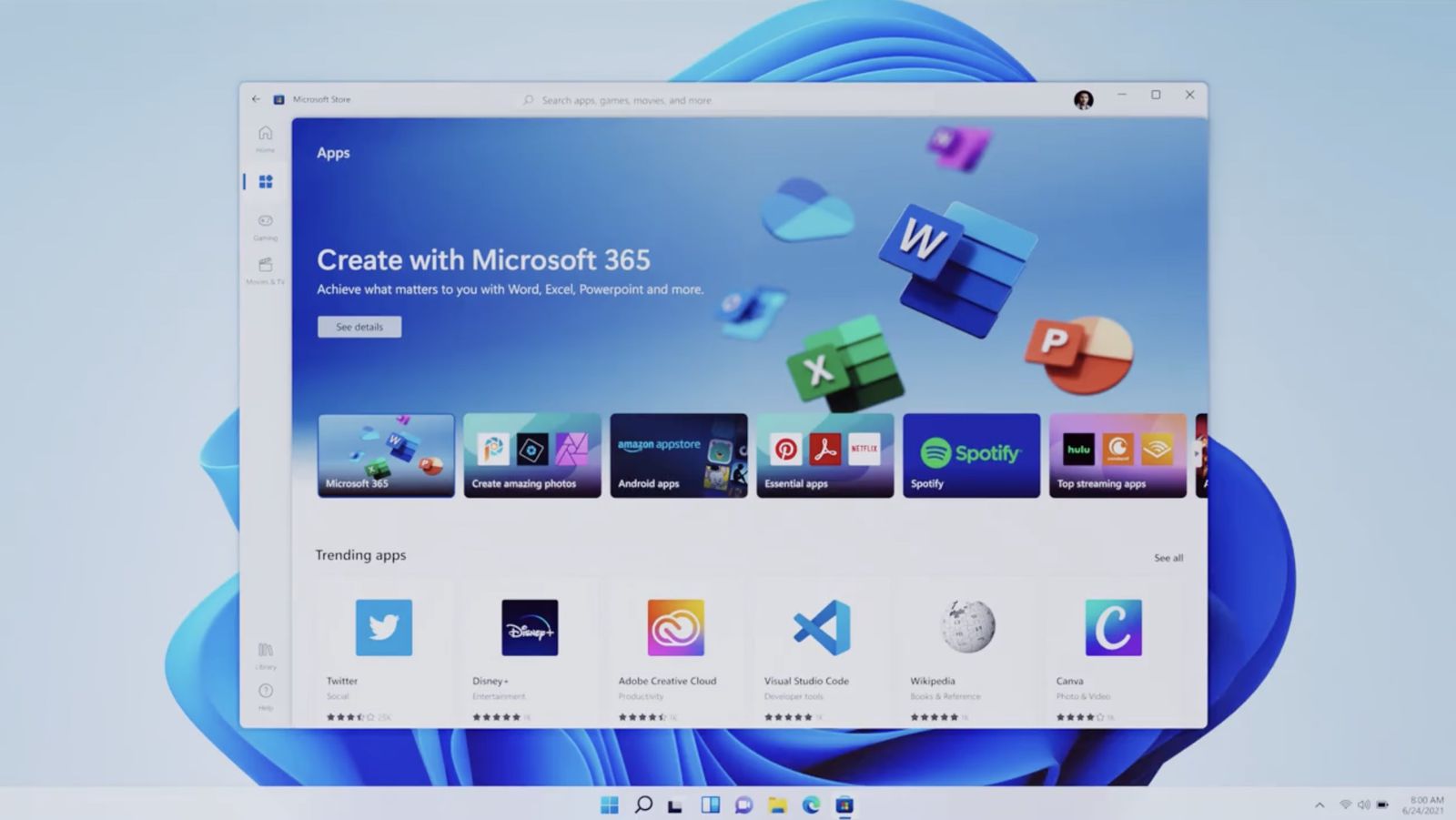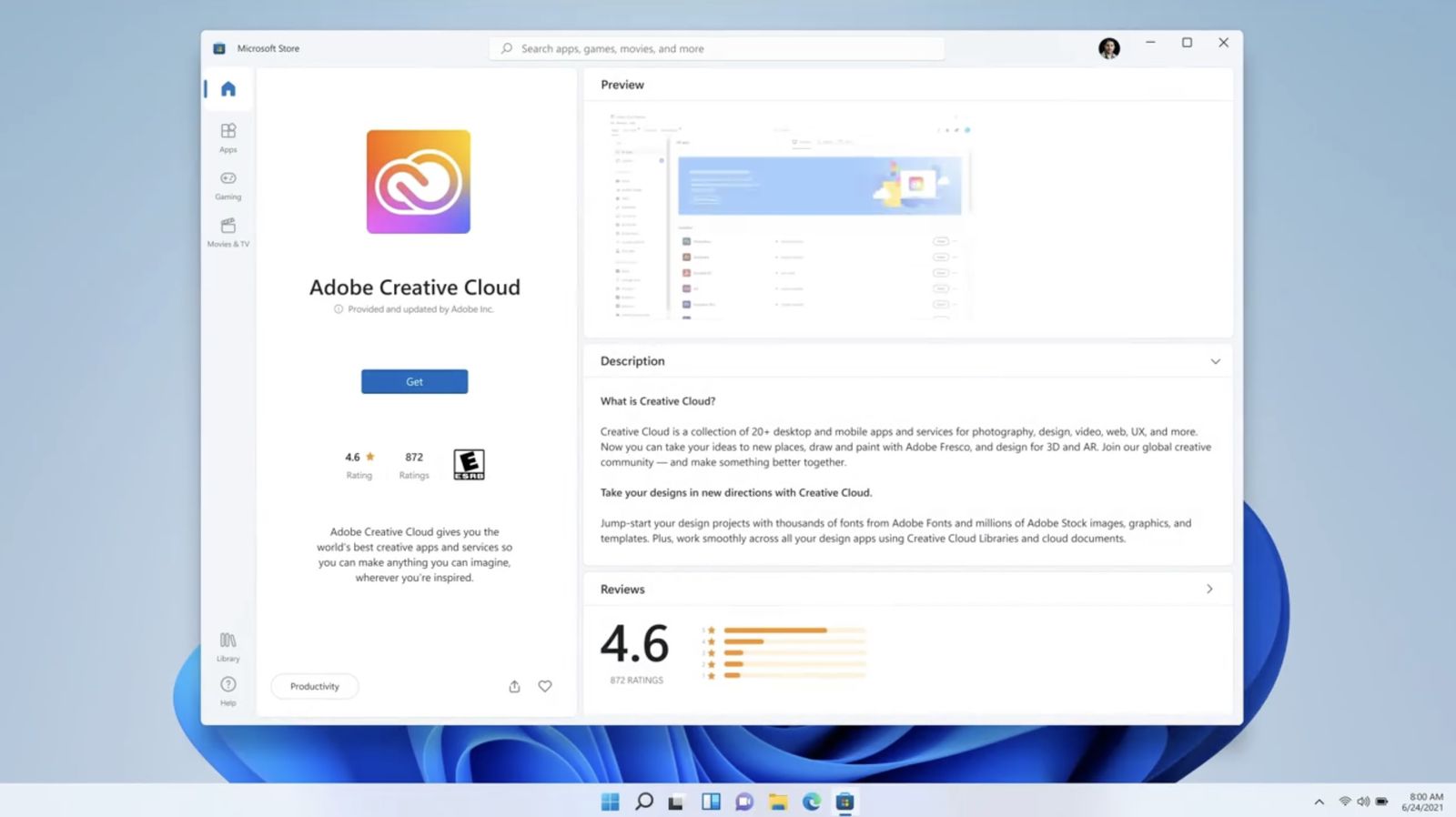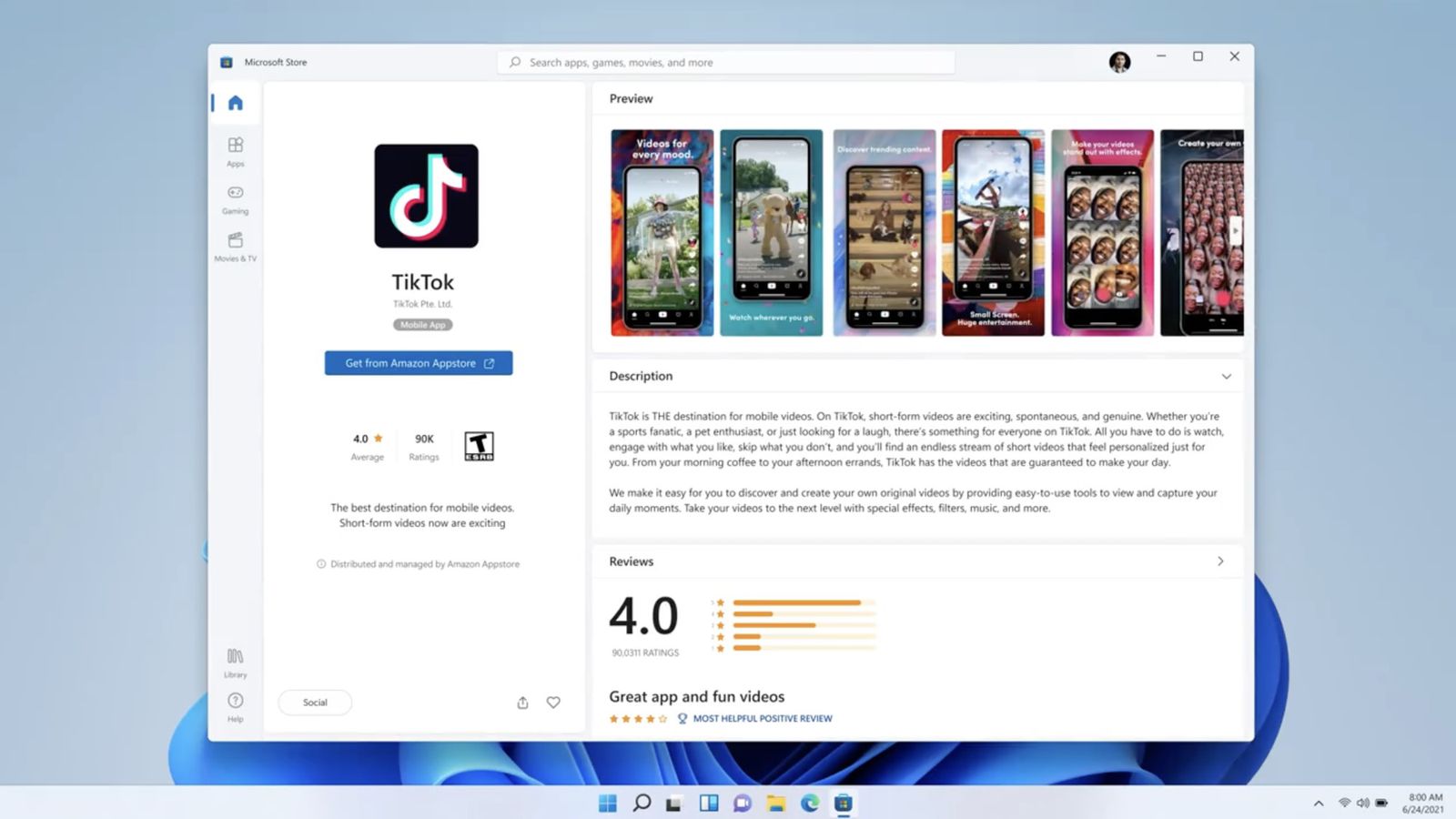When Apple introduced iOS 6 on June 2011, 5, it established a new tradition. For more than 10 years now, it is in June at WWDC that we learn the shape of the new operating system, which will run not only on the new iPhones, but which will also expand the functionality of the existing ones. Until then, Apple presented a new iOS or iPhone OS in March but also in January. So it was with the first iPhone in 2007.
It was with iOS 5 and the iPhone 4S that Apple also changed the date when it introduced new iPhones and therefore when it released the new system to the public. He thus switched from the June date initially to October, but later to September. September is the date when Apple not only introduces new generations of iPhones, but also regularly releases system updates to the general public, with the only exception caused by the global pandemic of the disease COVID-19, which is why we didn't see iPhone 12 until October.
Along with the introduction of the new iOS, Apple also releases a developer beta for developers on the same day. The public beta is then released with a slight delay, usually at the beginning or mid-July. So the testing process of the system is relatively short, as it only takes place for three full months depending on when the company has WWDC and the introduction of new iPhones. It is during these three months that developers and the public can report bugs to Apple so that they can be properly debugged before the final release.
The macOS system is very similar, although the last three versions do not have a strictly given September deadline. For example, Monterey was released on October 25, Big Sur on November 12, and Catalina on October 7. MacOS Mojave, High Sierra, Sierra and El Capitan were released in September, before that desktop systems were released in October and July, Tiger even came in April, but after a year and a half of development from the previous Panther.
It could be interest you

Android and Windows
Google's mobile operating system has a more floating release date. After all, this also applies to his performance. This has recently been taking place at Google I/O, which is similar to Apple's WWDC. This year it was May 11. It was an official presentation to the public, however, Google released the first beta of Android 13 already on April 27, i.e. long before the event itself. Signing up for the Android 13 Beta program is easy. Just go to the dedicated microsite, log in and then register your device. It doesn't matter if you are a developer or not, you just need to have a supported device.
Android 12 was announced to developers on February 18, 2021, then released on October 4. After all, Google does not worry too much about the release date of the system. The most recent time is October data, but Android 9 came in August, Android 8.1 in December, Android 5.1 in March. Unlike iOS, macOS, and Android, Windows doesn't come out every year, so there's no connection here. After all, Windows 10 was supposed to be the last Windows that was just supposed to be updated more regularly. Finally, we have Windows 11 here, and surely other versions of it will come in the future. Windows 10 was introduced in September 2014 and released in July 2015. Windows 11 was introduced in June 2021 and released in October of the same year.
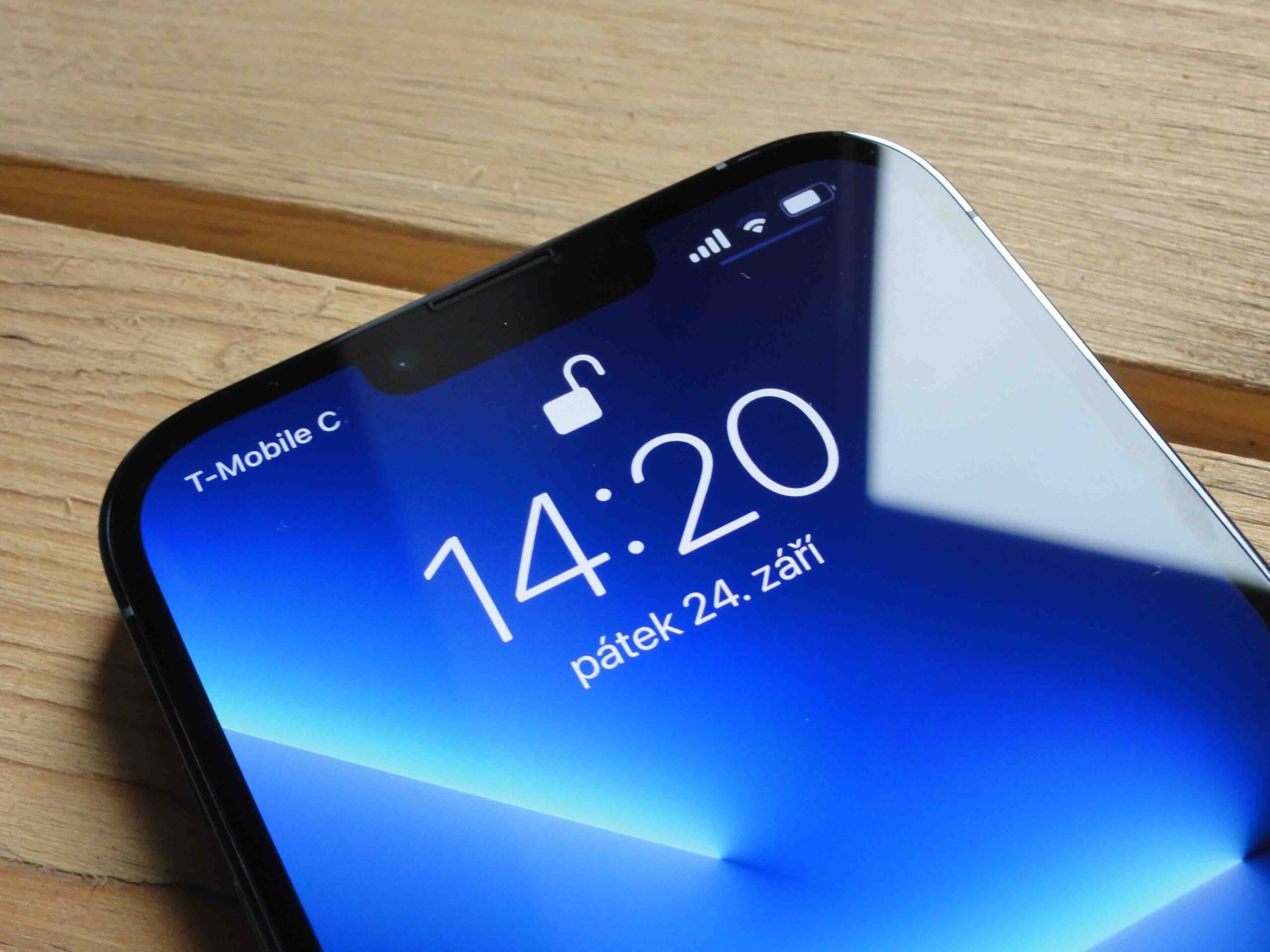
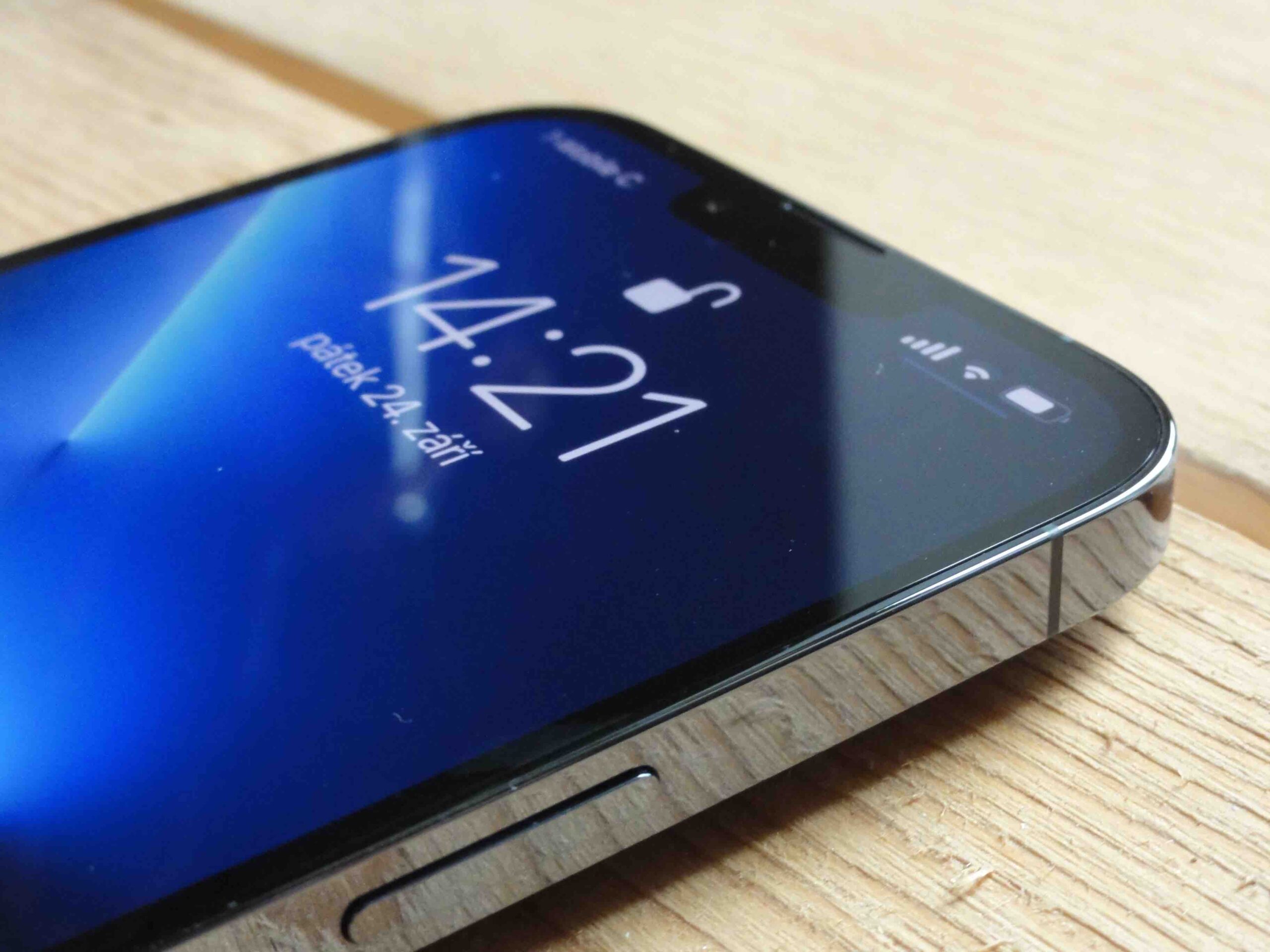
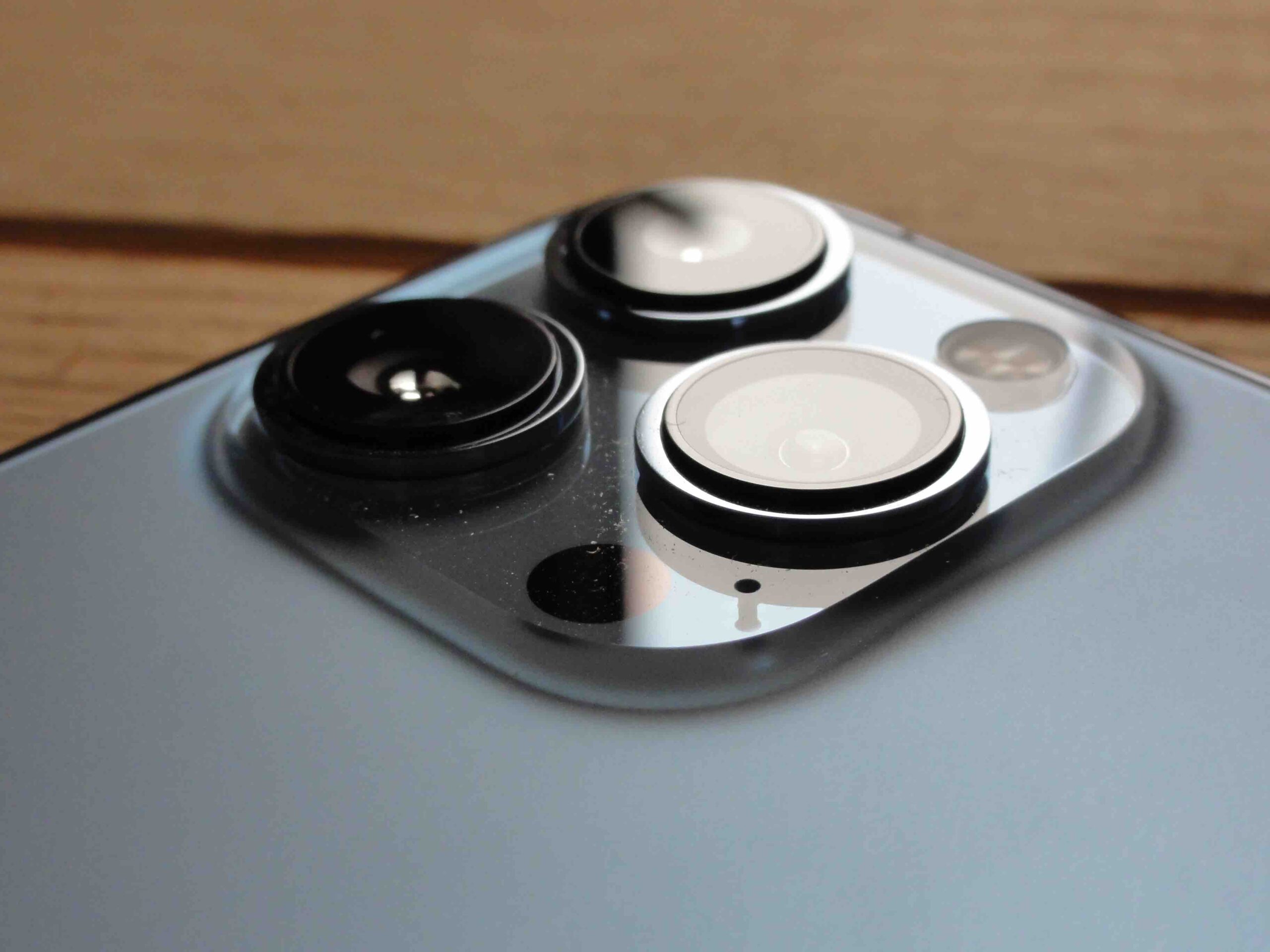
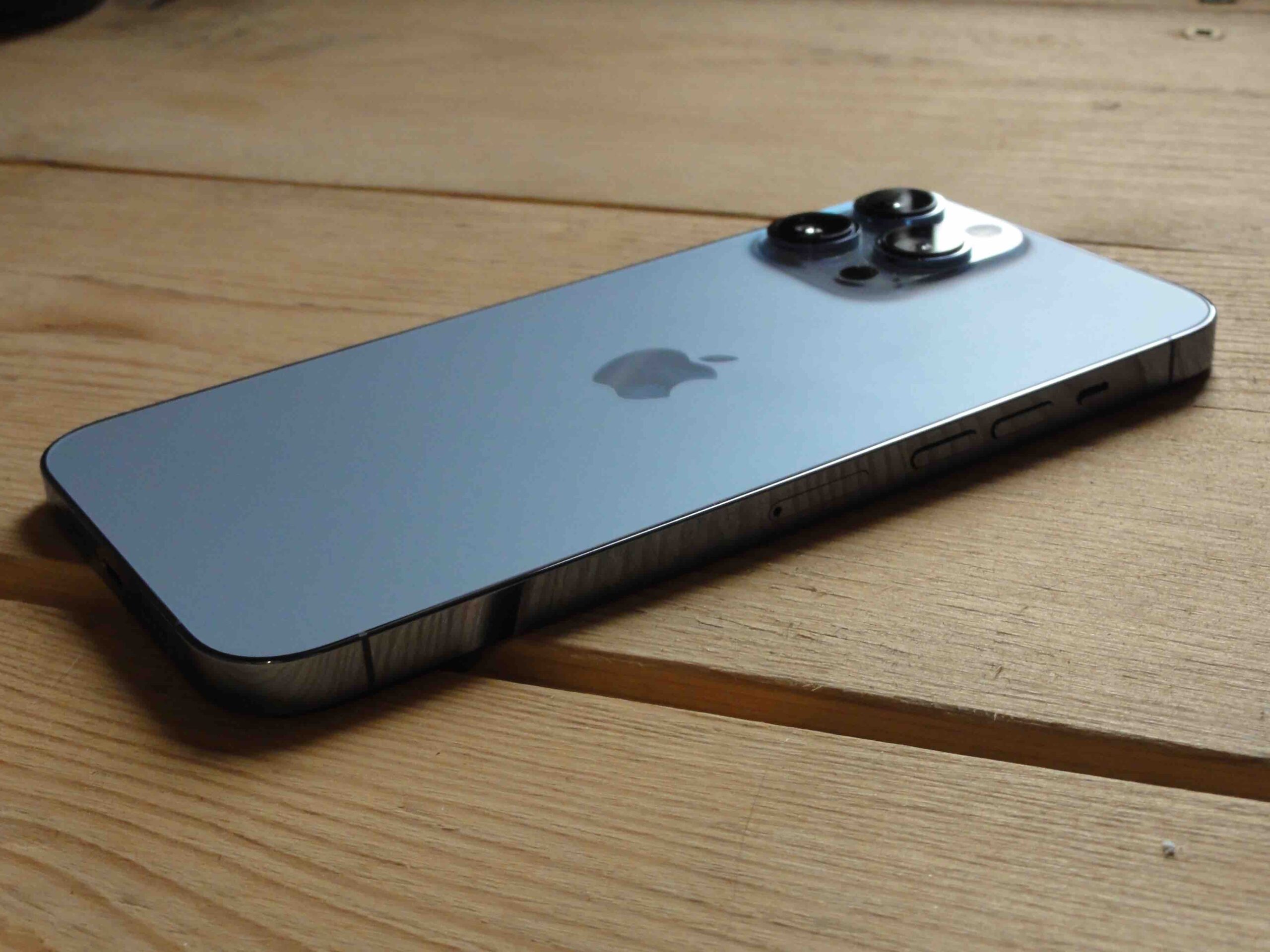



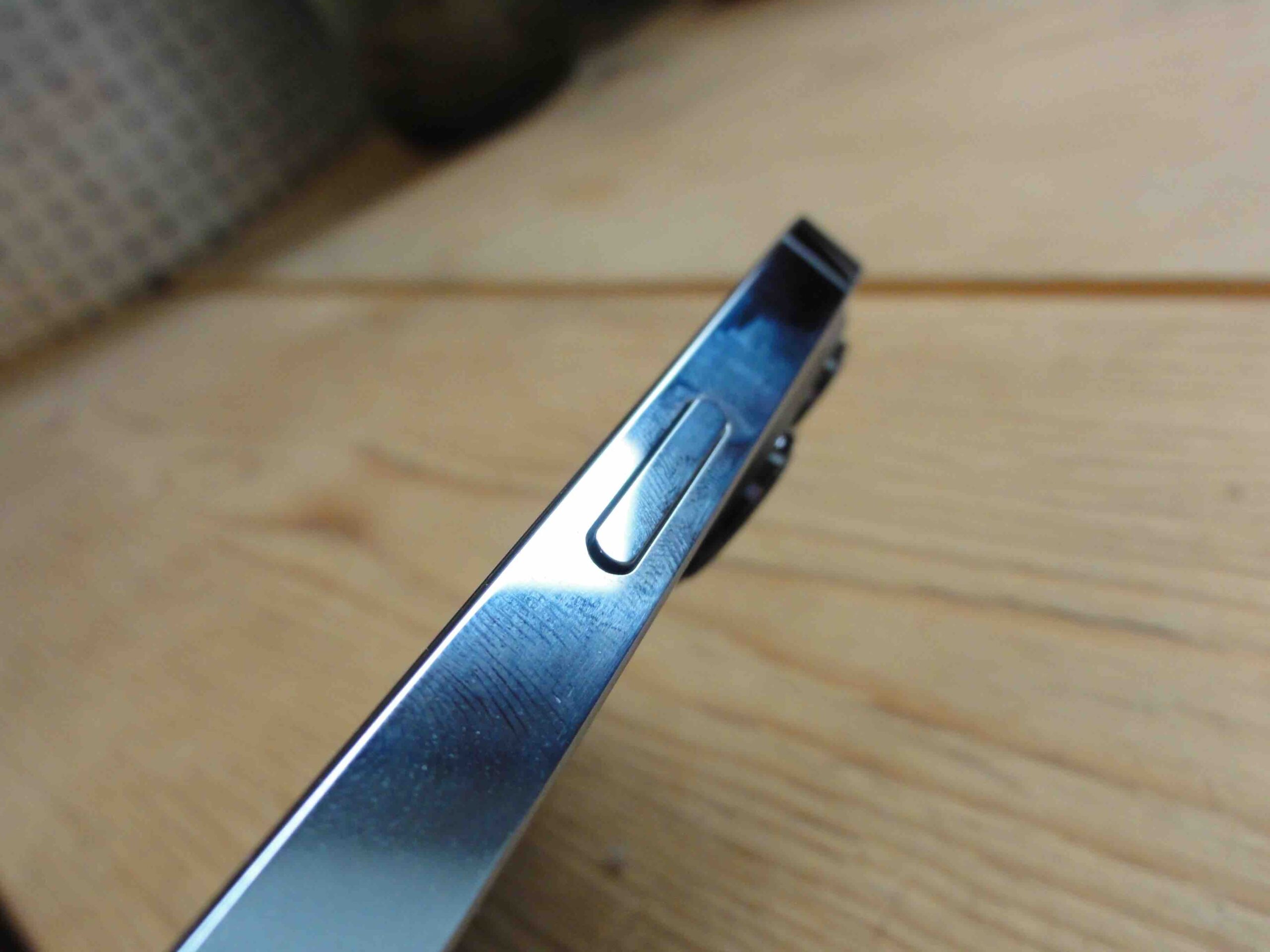
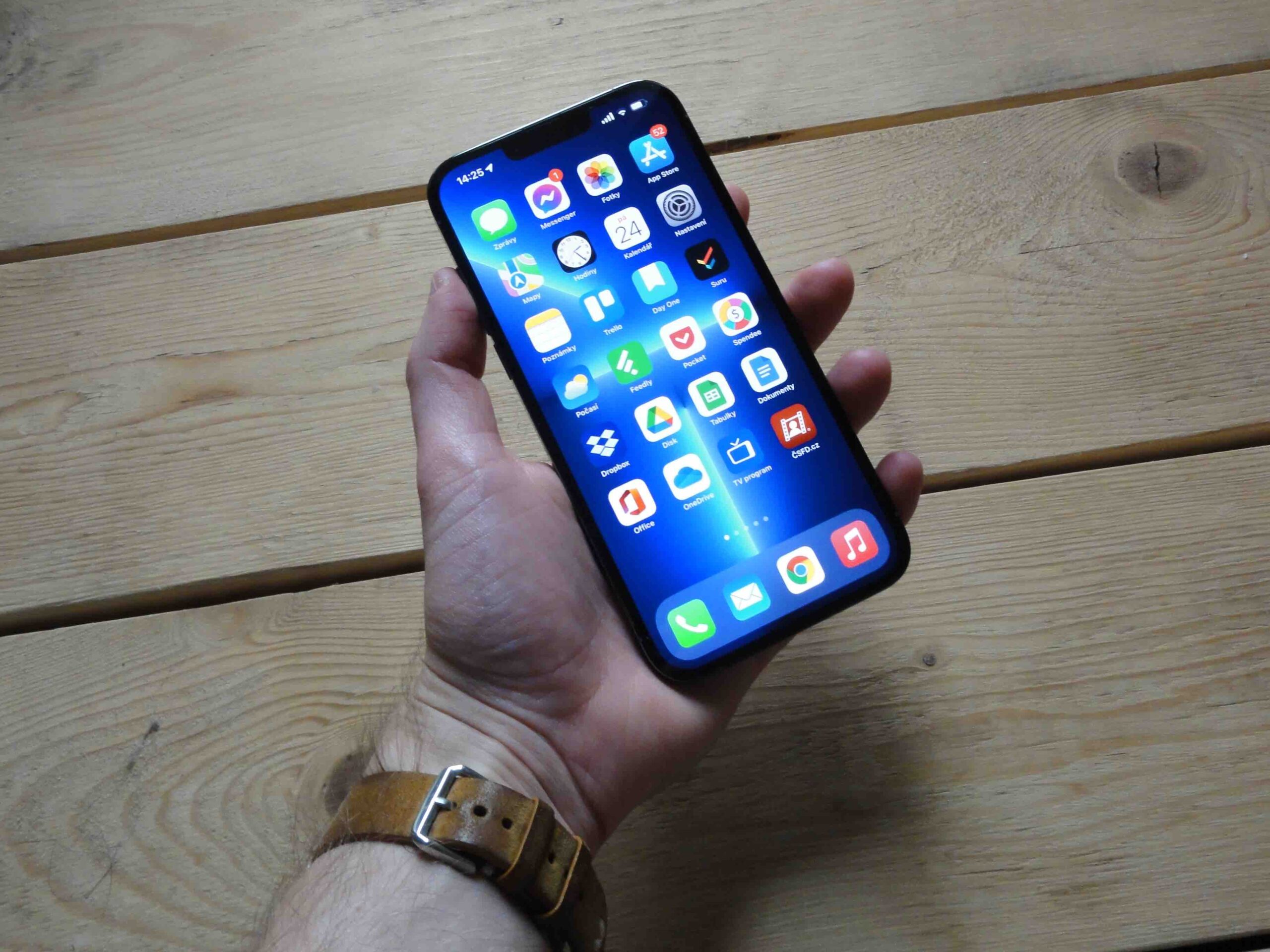
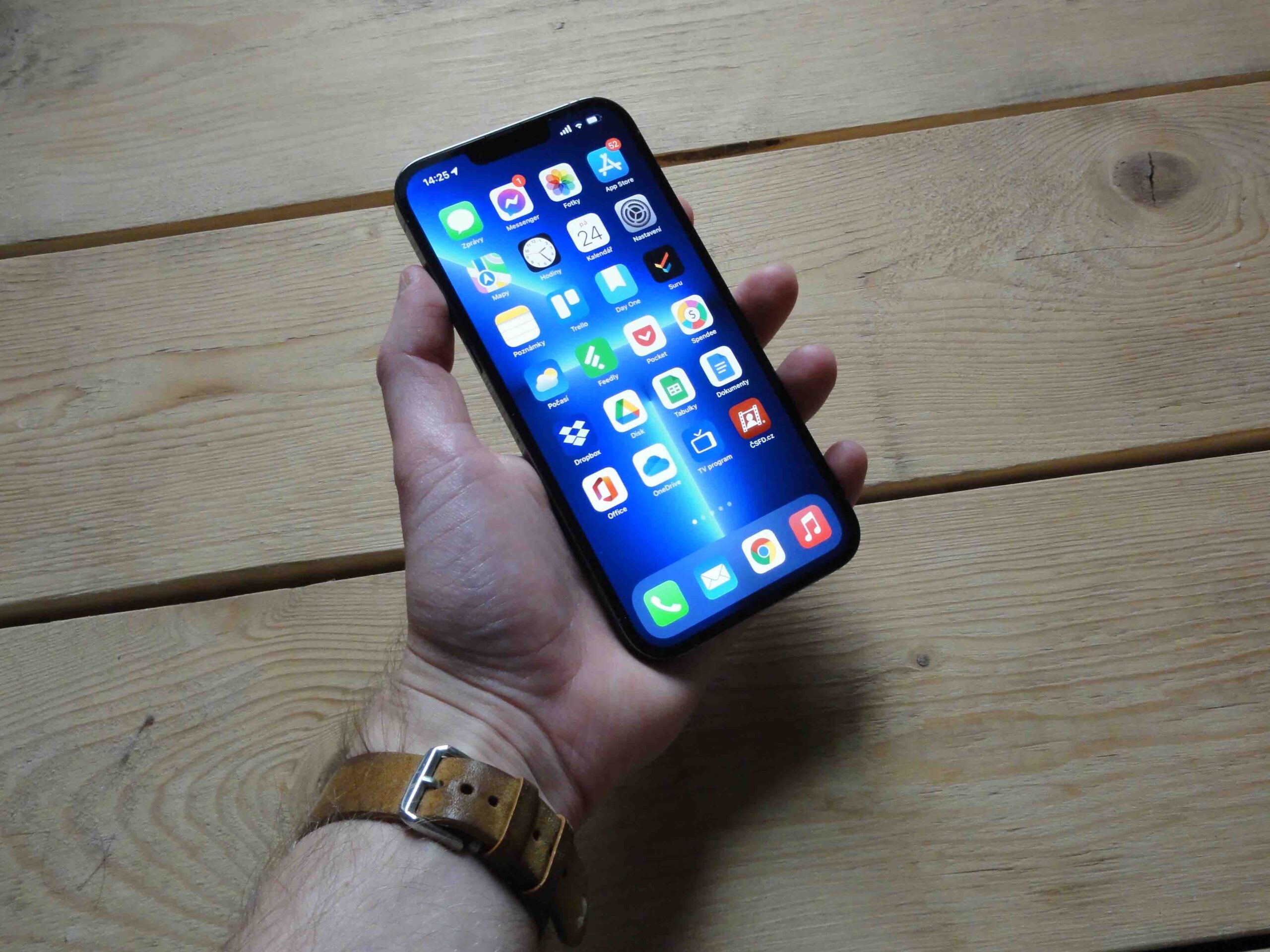
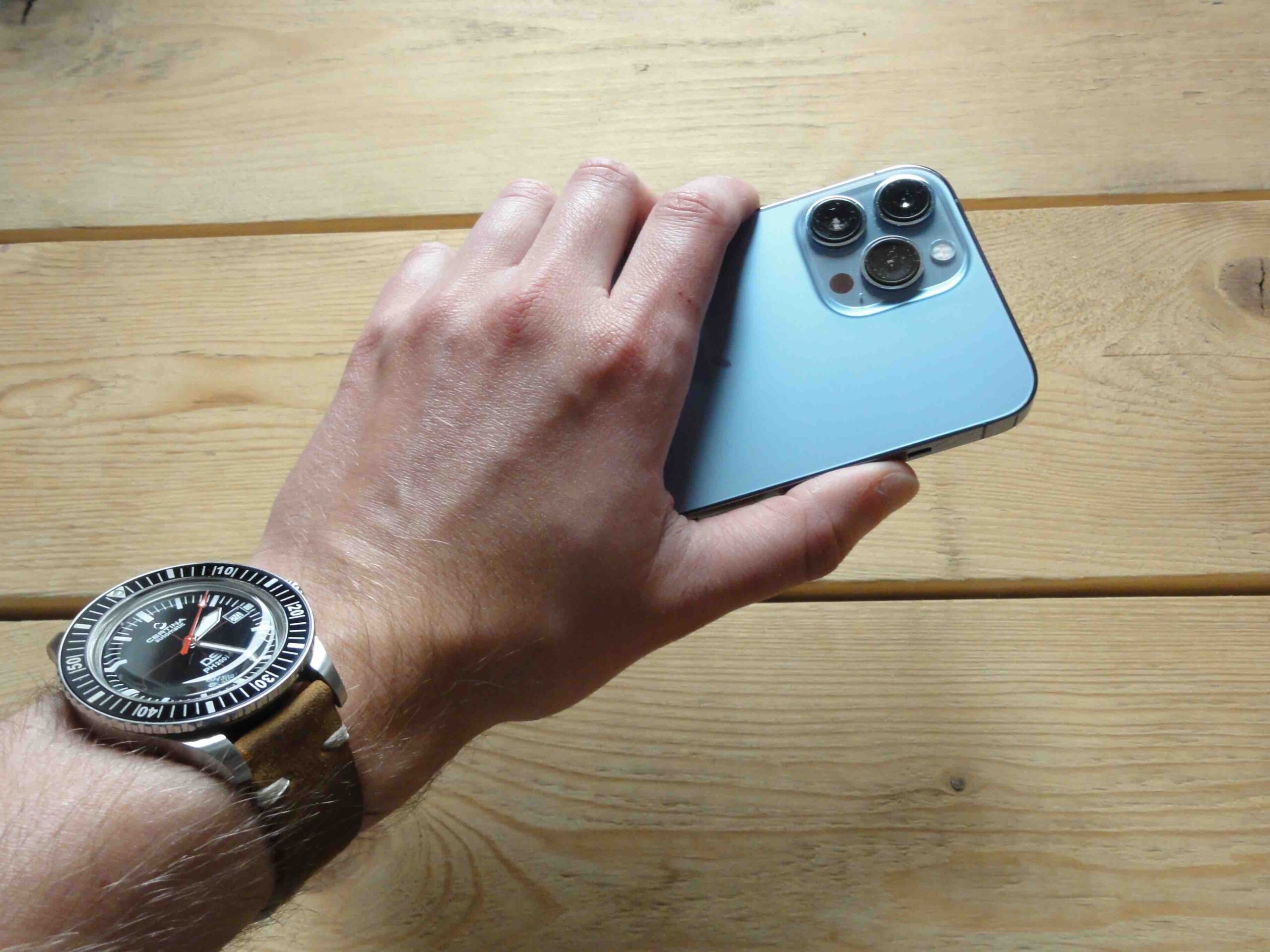
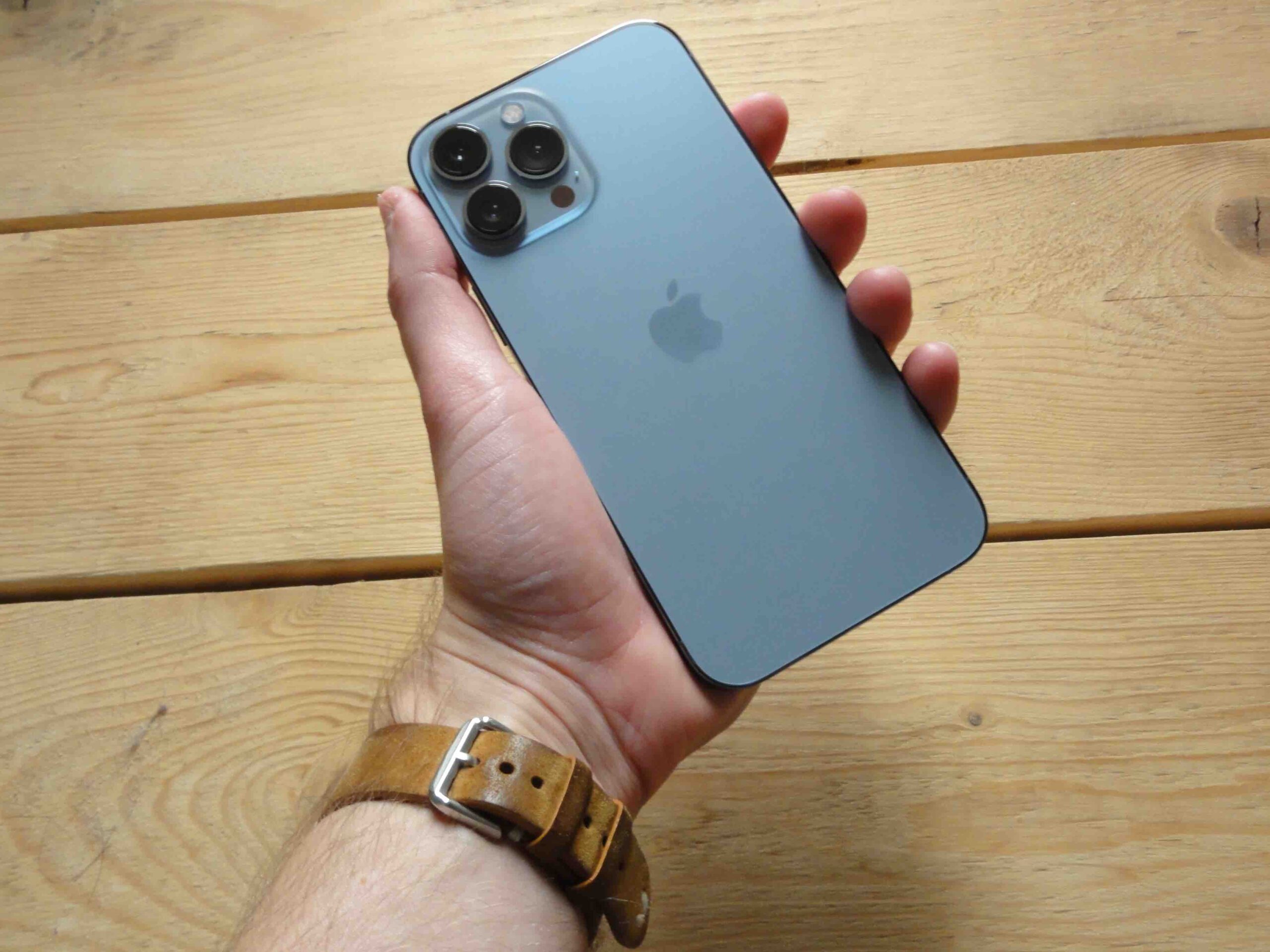
 Adam Kos
Adam Kos 